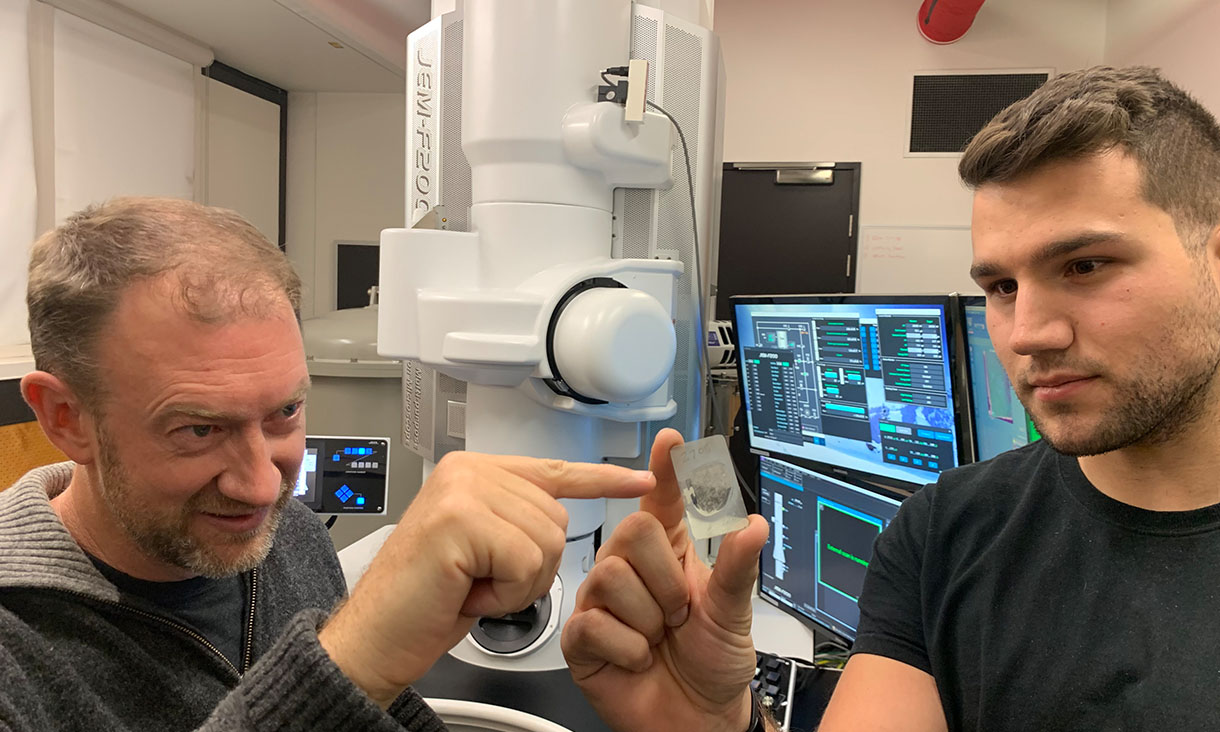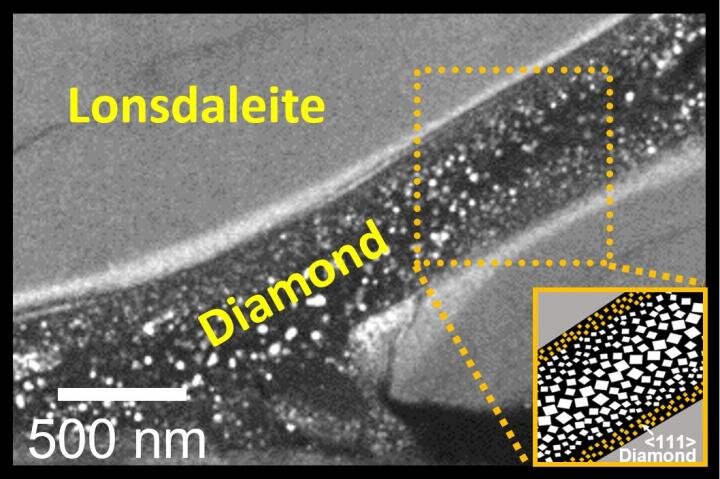
Strange diamonds from an ancient dwarf planet in our solar system may have formed shortly after the dwarf planet collided with a large asteroid about 4.5 billion years ago, according to scientists.
The research team says they have confirmed the existence of lonsdaleite, a rare hexagonal form of diamond, in ureilite meteorites from the mantle of the dwarf planet.
Lonsdaleite is named after the famous British pioneering female crystallographer Dame Kathleen Lonsdale, who was the first woman elected as a Fellow to the Royal Society.
The team—with scientists from Monash University, RM...
Read More









Recent Comments